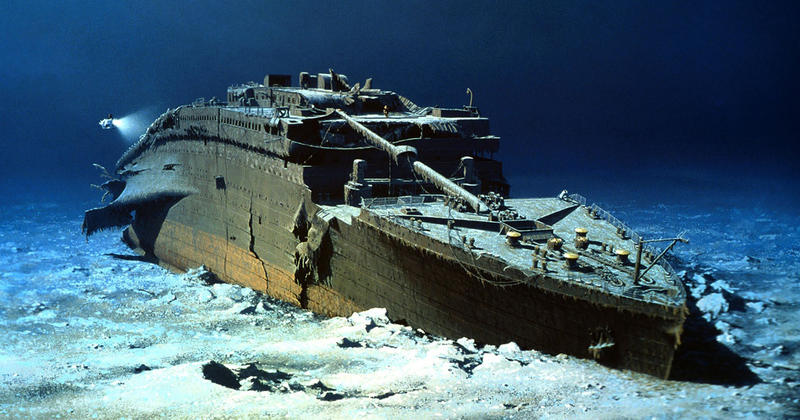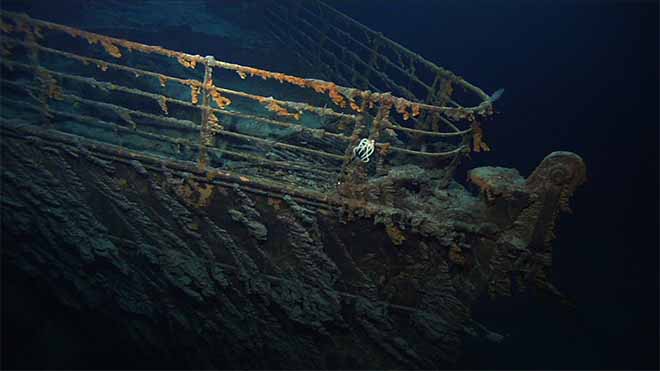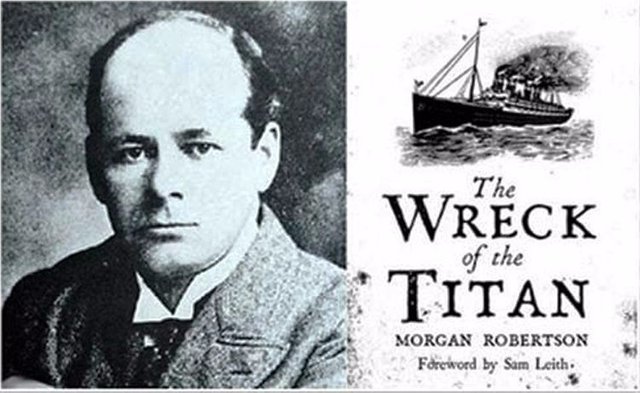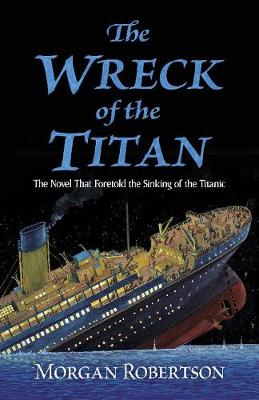Titanic Sinking
A Premonition 14 Years in Advance ?

Premonitions are fairly common things and regularly pass under silence, especially when dealing with benign events of everyday life. One of the most extraordinary premonitory visions of maritime history is that of the sinking of the RMS Titanic, predicted fourteen years in advance in a short English novel titled Futility, The Wreck of the Titan.
The story of RMS Titanic

The RMS Titanic, the largest ocean liner in the world and considered insubmersible by the tightness of its hull, leaves Southampton April 10, 1912 for its first crossing. On board, more than 2,000 passengers belonging to different social classes. Two days later, while en route to New York and floating a few hundred kilometers from Newfoundland, the Titanic collided with a gigantic iceberg disemboweling the starboard side of the ship. In the early hours of April 15, 1912, the RMS Titanic became the most famous liner in history as it sank, killing more than 1,500 people, mostly emigrants of the 3rd class. Lying 4,000 meters at the bottom of the sea, the wreck of the Titanic was spotted year 1985 and divers managed to recover some objects and several pieces of the hull. Due to the seriousness of the disaster, the history of the Titanic is inscribed in maritime records in the same way as that of the Mary Celeste and of the Flying Dutchman.

Futility, The Wreck of the Titan

In this naval chronicle of American author Morgan Robertson published in 1898, fourteen years before the famous drama, a ship much like the famous liner RMS Titanic sinks in the North Atlantic after being slashed on an iceberg. The similarities between the real Titanic and the boat of Robertson's novel are so striking that it is hard to imagine that the writer wasn't aware of the event. A craftsman of nautical literature, Morgan Robertson knew ocean liners well and specialized in shipwrecks.
Like the Titanic, the Titan sank to the bottom of the ocean in April and carried nearly 2000 passengers on board. The dimensions of both vessels and cruising speeds are also extremely similar. Like the Titanic, the tearing of the boat described in Futility occurs to starboard and the number of lifeboats is insufficient to save everyone.  The only real difference between the story described by Robertson and that of RMS Titanic is in the liner's way of plunging directly into water after hitting the ice pack and the fact that it was not on its maiden voyage but on its third trip.
The only real difference between the story described by Robertson and that of RMS Titanic is in the liner's way of plunging directly into water after hitting the ice pack and the fact that it was not on its maiden voyage but on its third trip.
Morgan Robertson will claim all his life having received the divine inspiration of an astral collaborator, to quote the English novelist in his own words. He would owe the amazing coincidences of his maritime adventures to a spirit that animated him while writing Futility. Although Robertson was fortunate enough to re-issue his novel soon after the Titanic sank as to match certain details, his premonitory vision is rather attributed to his excellent naval knowledge which would have allowed him to predict a catastrophe similar to that which struck the RMS Titanic in April 1912.









































































































































































































































































































































